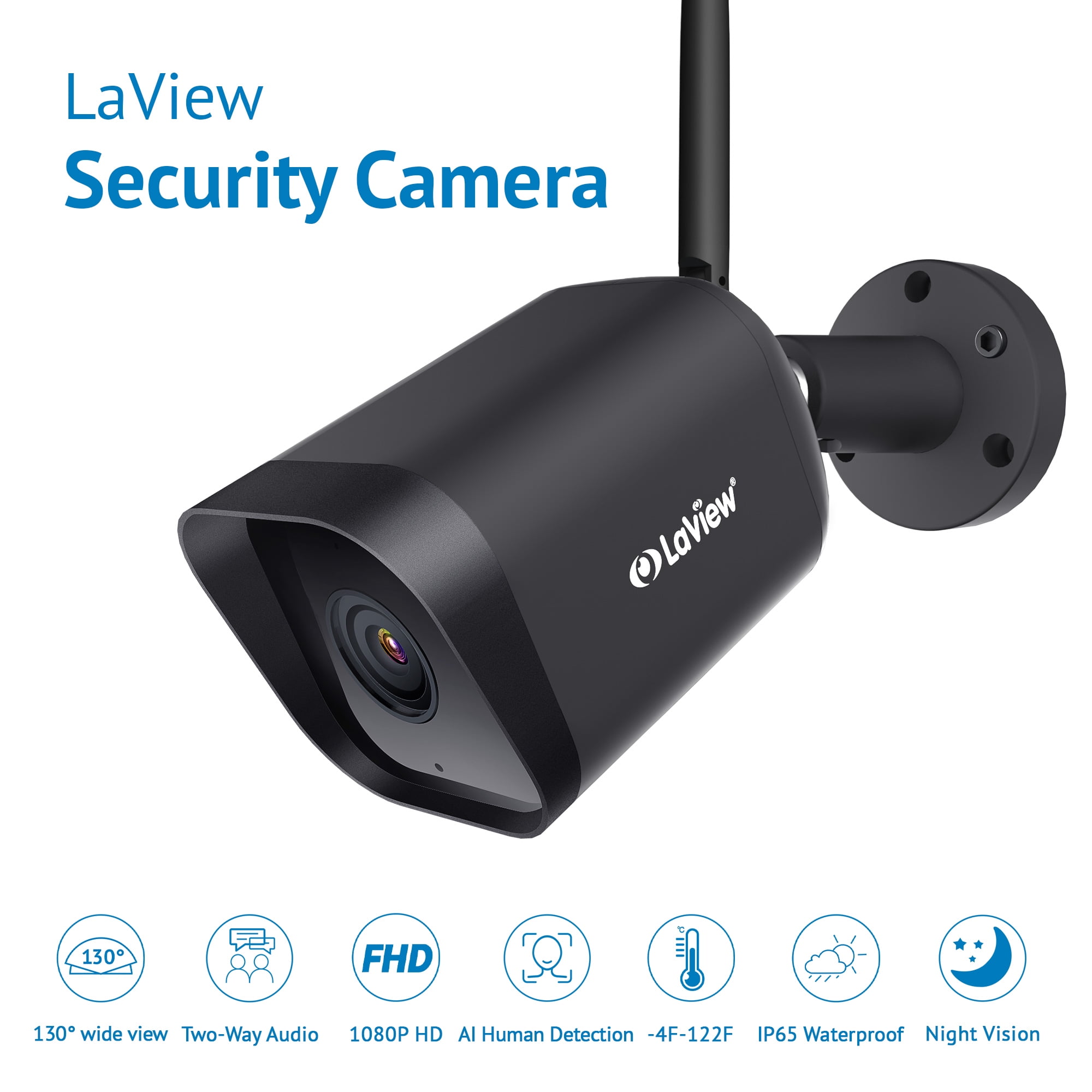

So how do I make sure that they can't connect to each other's LUNs? That's where LUN masking comes in. The zoning on the switches make sure that the servers can't talk to each other, but they can talk to the storage. If the wrong host was able to connect to a LUN then it would be liable to corrupt it. It's critical that the right LUN is presented to the right host. LUN MaskingĪs well as configuring zoning on our switches, we also need to configure LUN masking on the storage system. Please see the final part 3 of this series where I cover redundant fabrics for a more realistic example of how zoning is configured in real world deployments.

Typically we’ll have at least two storage controllers and switches for redundancy. Note: This is a simple example to make initial learning easier. The two servers can't talk to each other over the fibre channel network because they’re not included in a zone with each other. With this configuration, Server 1 can talk to its storage and Server 2 can talk to its storage.

I've named the zoneset MY-ZONESET, and it includes zones SERVER1 and SERVER2. Then, I group all of those zones together into a zone set and apply that on the switch.

This allows SERVER2 to talk to its storage. Zone name SERVER2 includes member fcalias SERVER2 and member fcalias NETAPP-CTRL1. This allows SERVER1 to talk to its storage. Zone name SERVER1 includes member fcalias SERVER1 and member fcalias NETAPP-CTRL1. I configure a zone which enables Server 1 to communicate with the storage system, and a separate zone which allows Server 2 to communicate with the storage system. Separate zones are configured for each separate set of connectivity requirements.


 0 kommentar(er)
0 kommentar(er)
